One mole of an ideal gas in initial state A undergoes a cylic process ABCA, as shown in the figure. Its pressure at A is . Choose the correct option (s) from the following
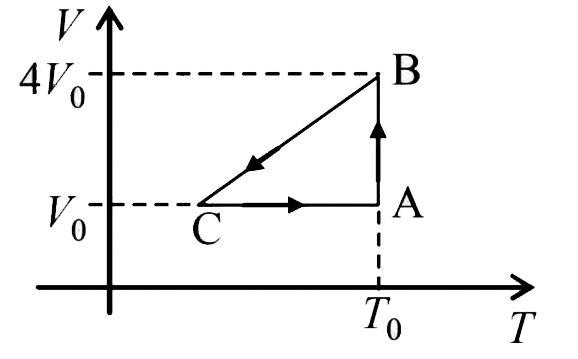
Internal energies at A and B are the same
Work done by the gas in process AB is
Pressure at C is
Temperature at C is
The correct Answer is:A, B
(a,b)
Process A to B
As the temperature remains the same, this process is
isothermal. Therefore there is no change in the internal
energy. Option (a) is correct.
Also
Work done
The process BC is not clear. Therefore no judgment can be
made for point C.

Topper's Solved these Questions
Similar Questions
An ideal monatomic gas undergoes a cyclic process ABCA as shown in the figure. Graph of pressure versus volume of the cyclic process ABCA is
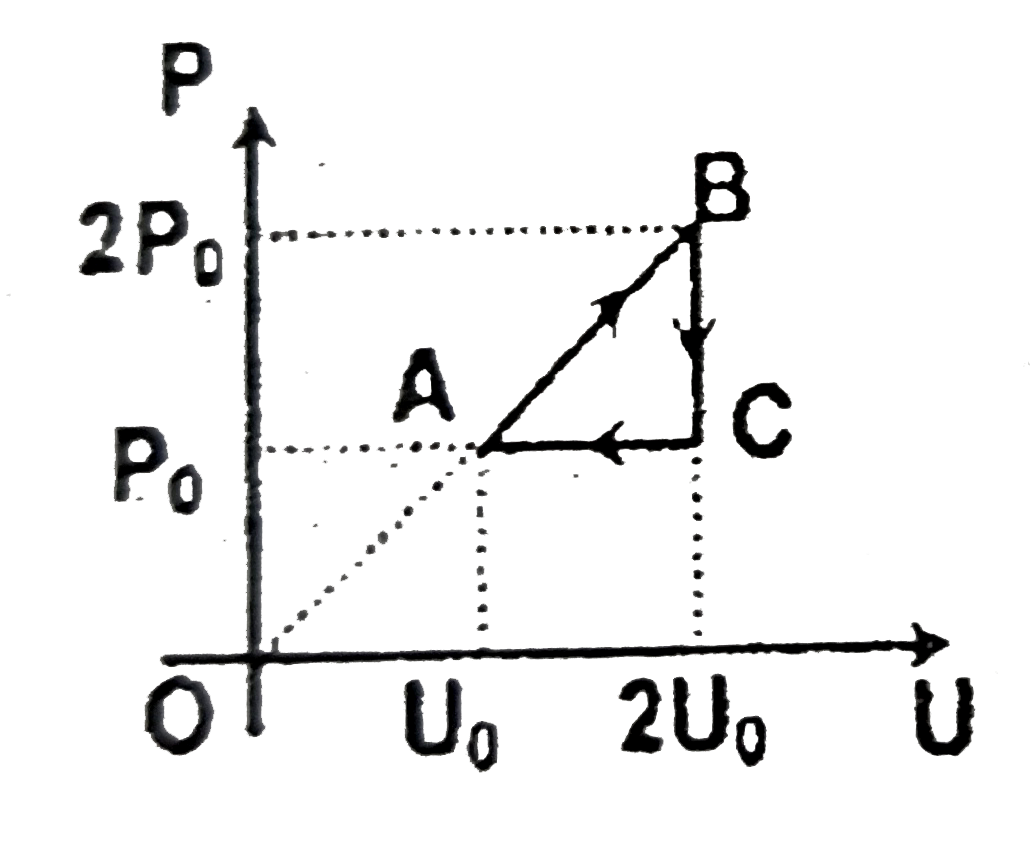 View Solution
View SolutionTwo moles of a monatomic ideal gas undergo a cyclic process ABCDA as shown in figure. BCD is a semicircle. Find the efficiency of the cycle.
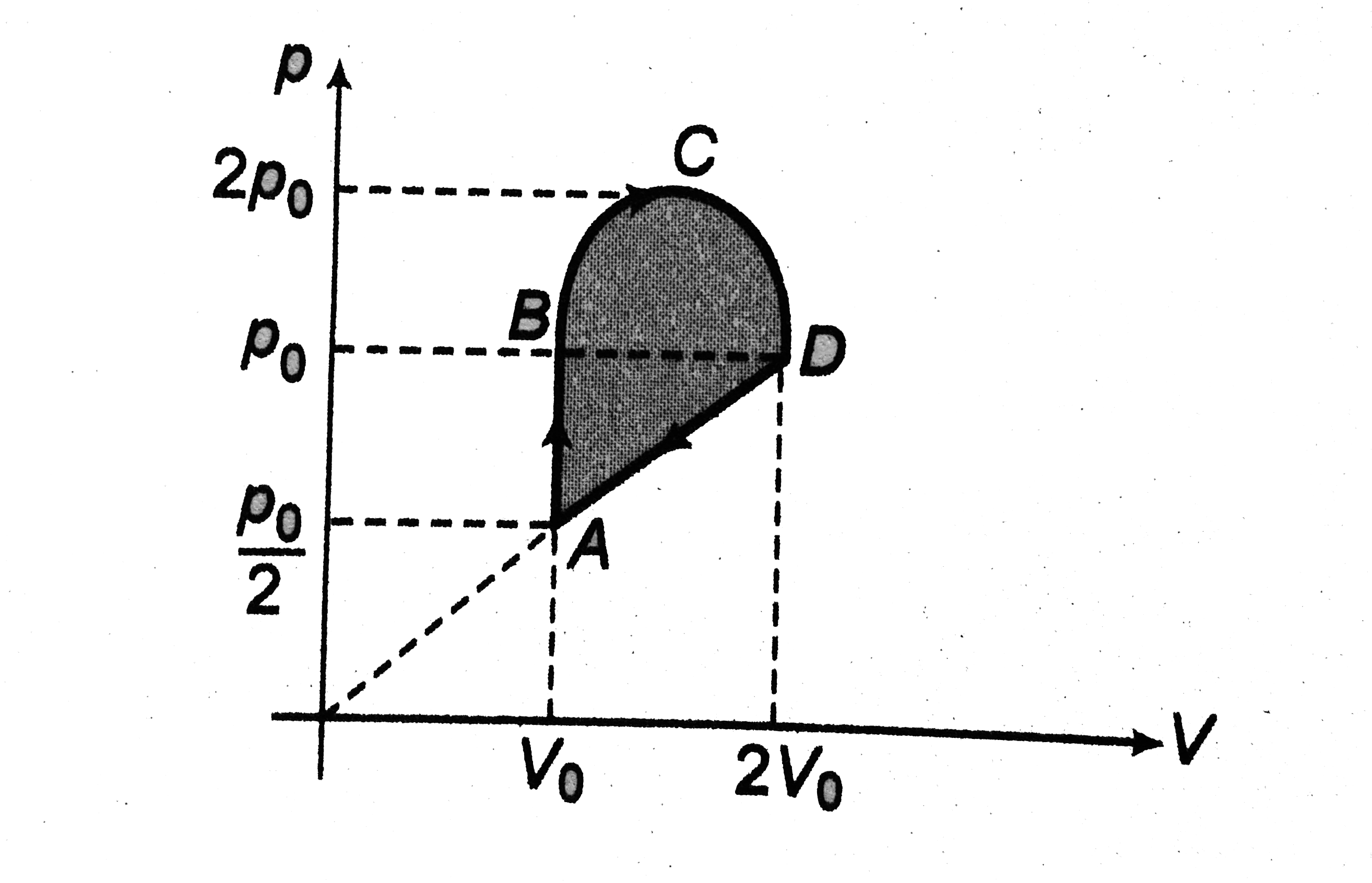 View Solution
View Solution
Knowledge Check
- Question 1 - Select One or More
One mole of an ideal monoatomatic gas is taken round the cylic process ABCA as shown Then
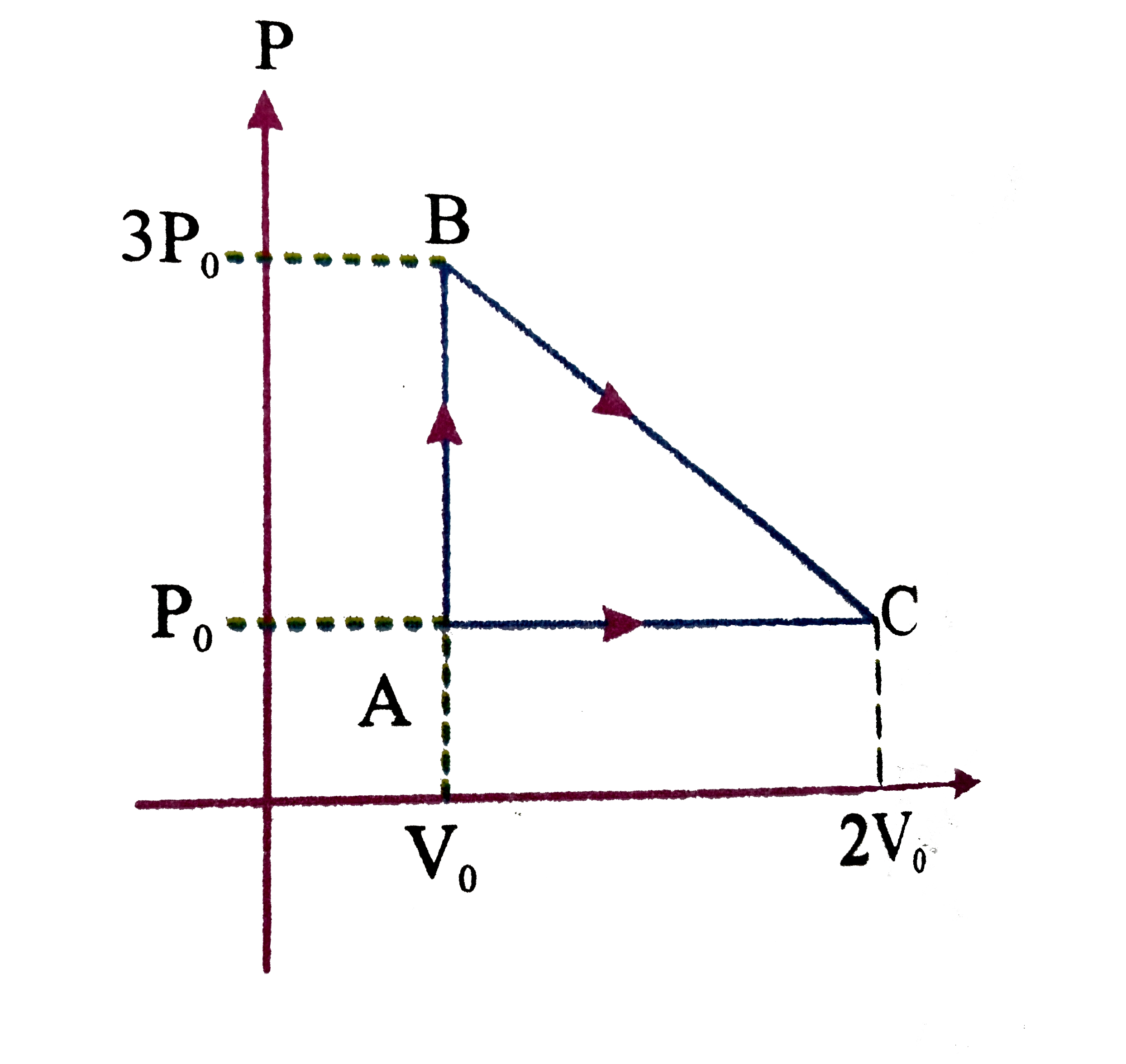 AWork done by the gas P0V0BHeat rejected in the process CA is 5P0V02 and absorbed in the process AB is 3P0V0CHeat absorbed in the process BC is P0V02D258P0V0R is the maximu temperature attained by the gas during the cycle
AWork done by the gas P0V0BHeat rejected in the process CA is 5P0V02 and absorbed in the process AB is 3P0V0CHeat absorbed in the process BC is P0V02D258P0V0R is the maximu temperature attained by the gas during the cycle - Question 2 - Select One
2 moles of an ideal monoatomic gas undergoes a cyclic process ABCA as shown in the figure. R is the univers l gas constant. (given ln 2=0.693) Answer the following questions
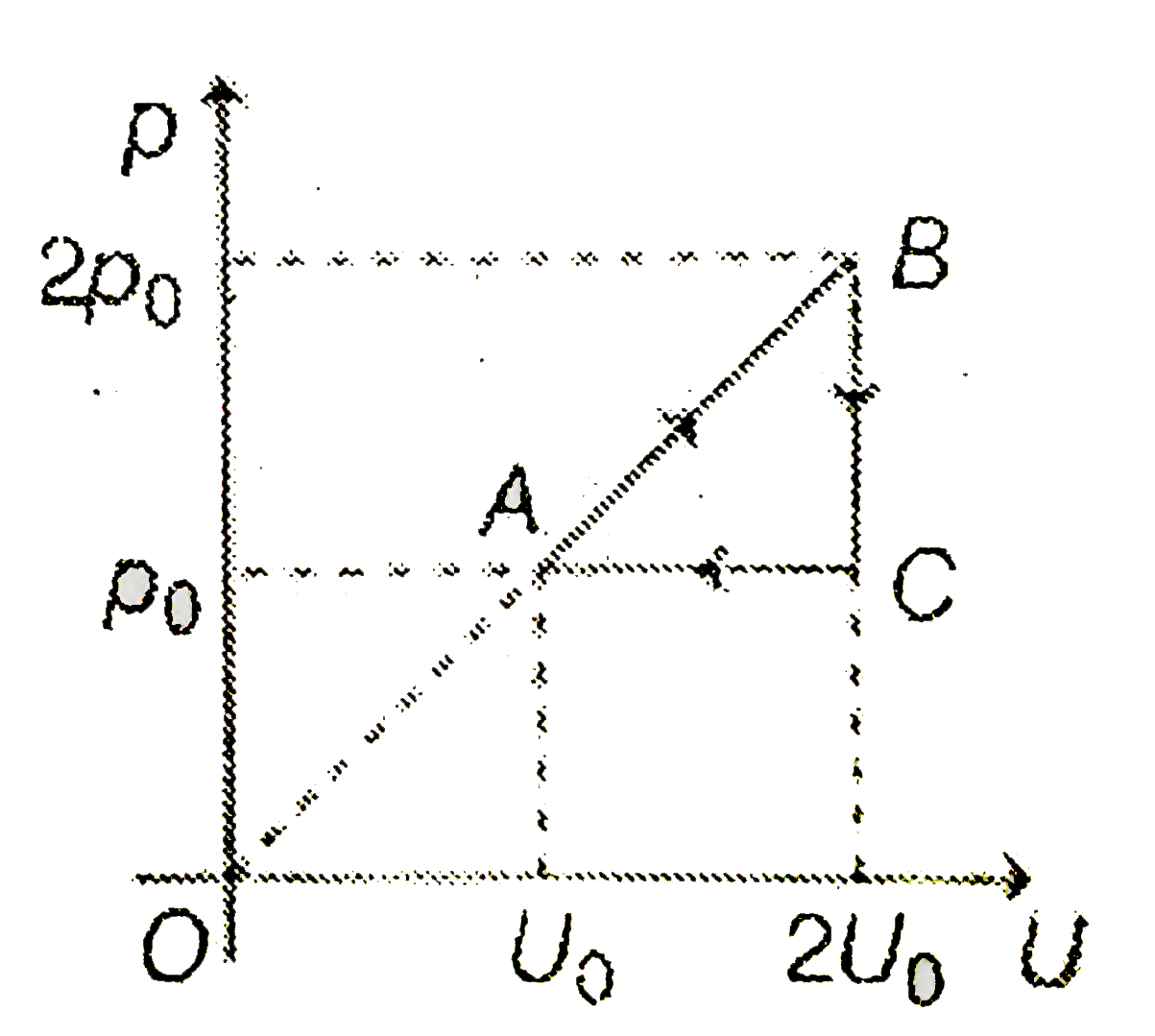
Graph of pressure versus volume of the cyclic process ABCA isA B
B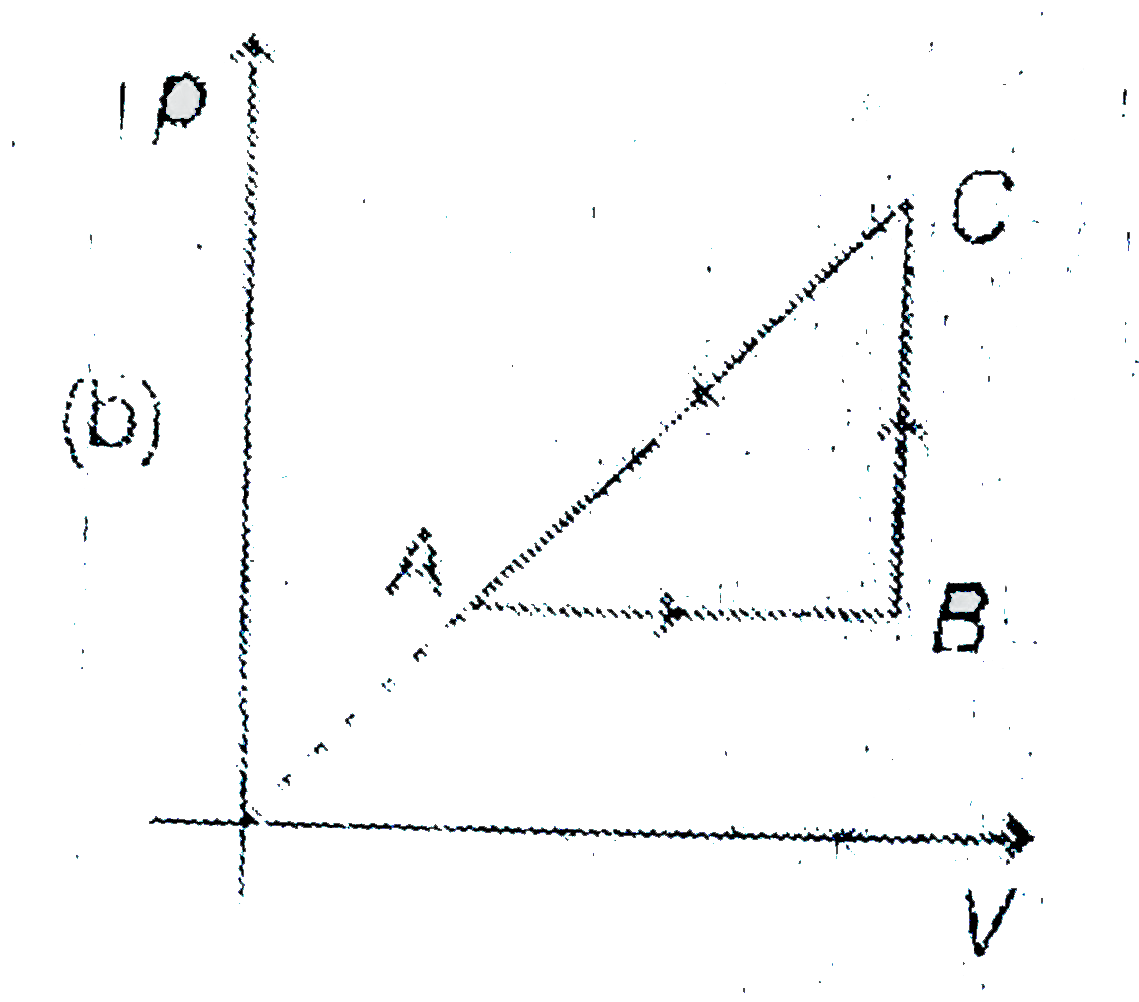 C
C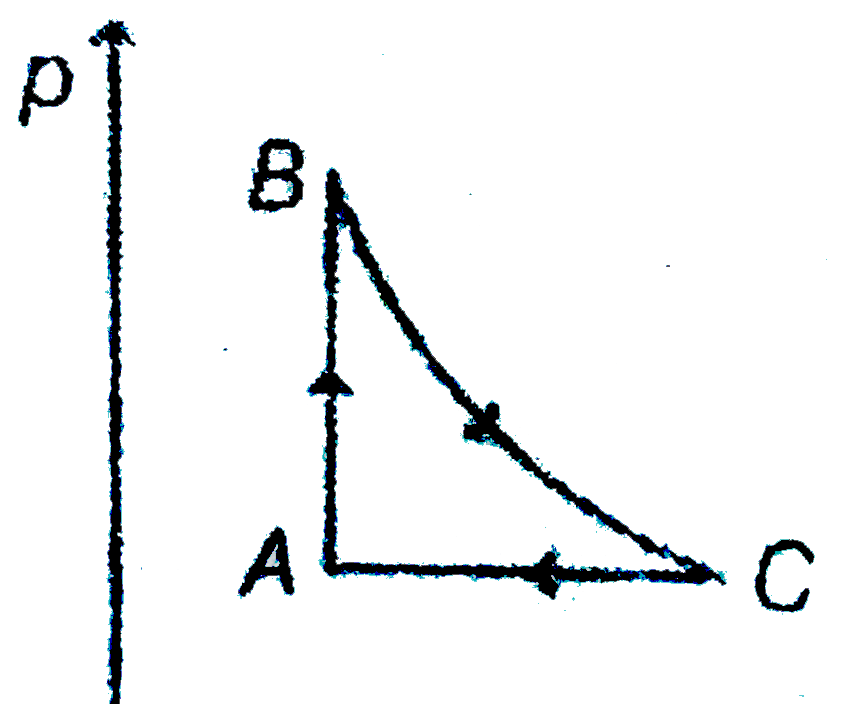 DNone of these
DNone of these - Question 3 - Select One
2 moles of an ideal monoatomic gas undergoes a cyclic process ABCA as shown in the figure. R is the univers l gas constant. (given ln 2=0.693) Answer the following questions
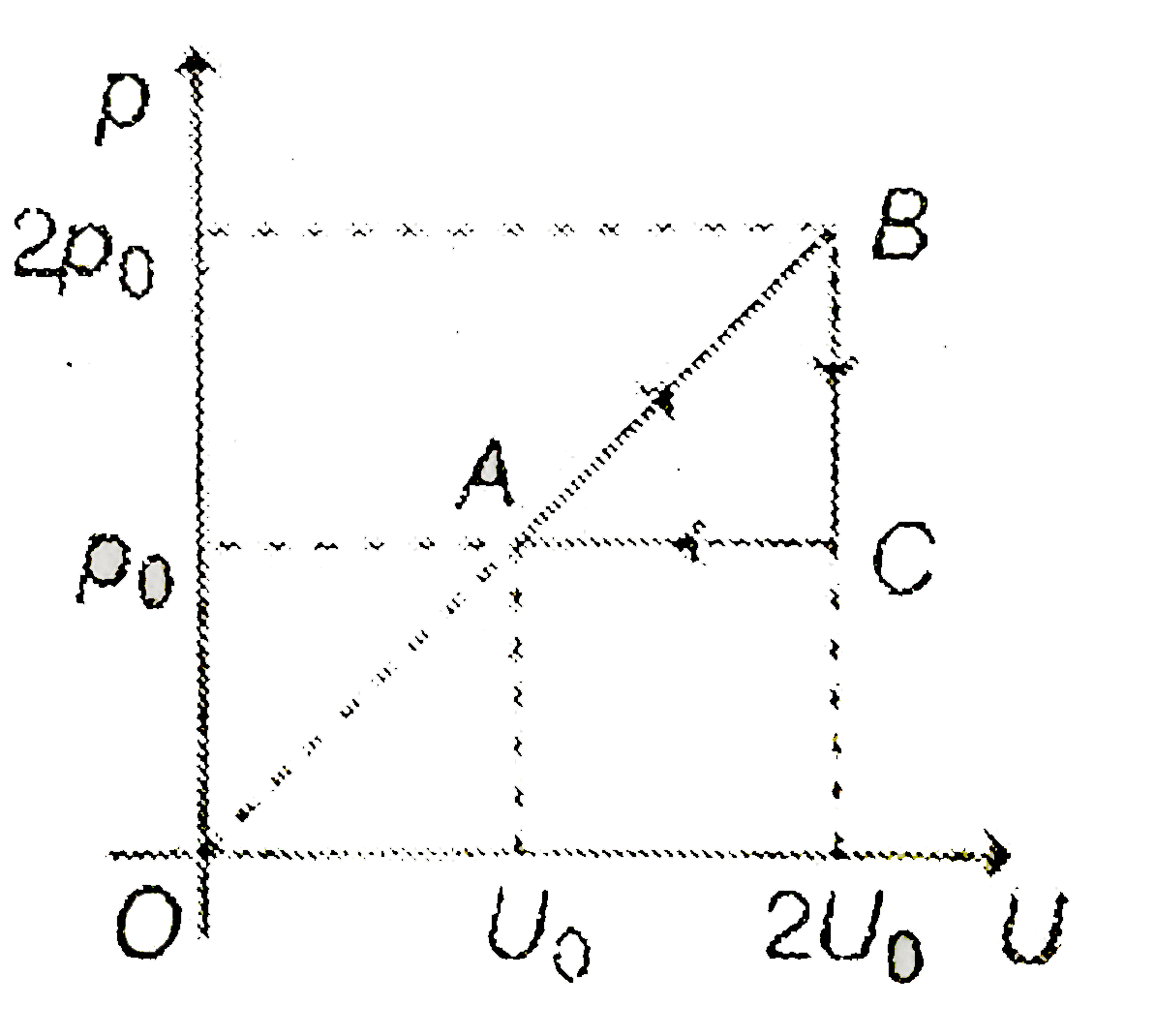
Percentage efficiency of the cycle is (approximately)A10.38%B13.2%C40.38%D25.2%
One mole of an ideal monoatomic gas is taken through a cyclic process as shown. Choose the correct option(s).
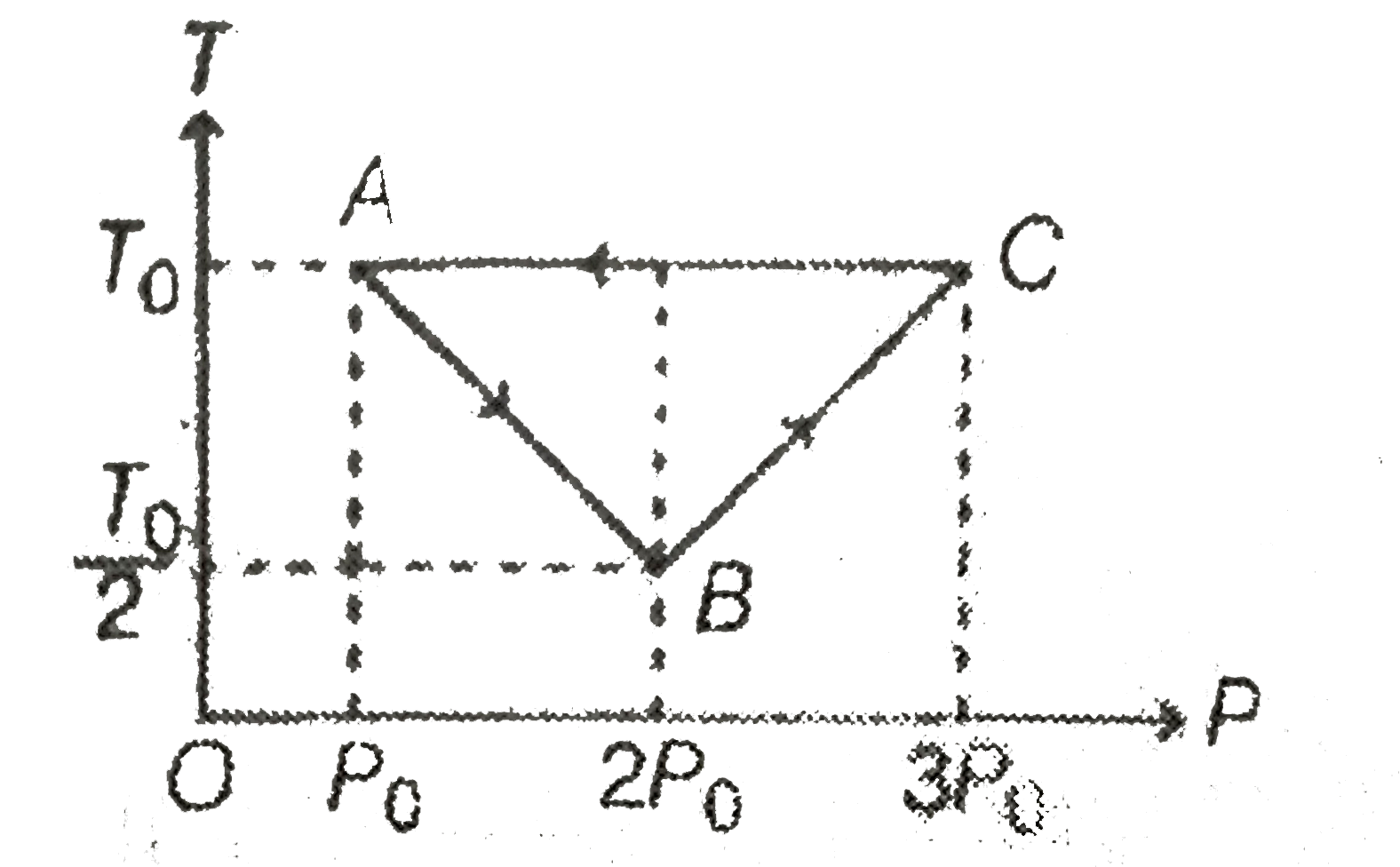 View Solution
View SolutionOne mole of ideal gas undergoes a linear process as shown in figure below. Its temperature expressed as function of volume V is -
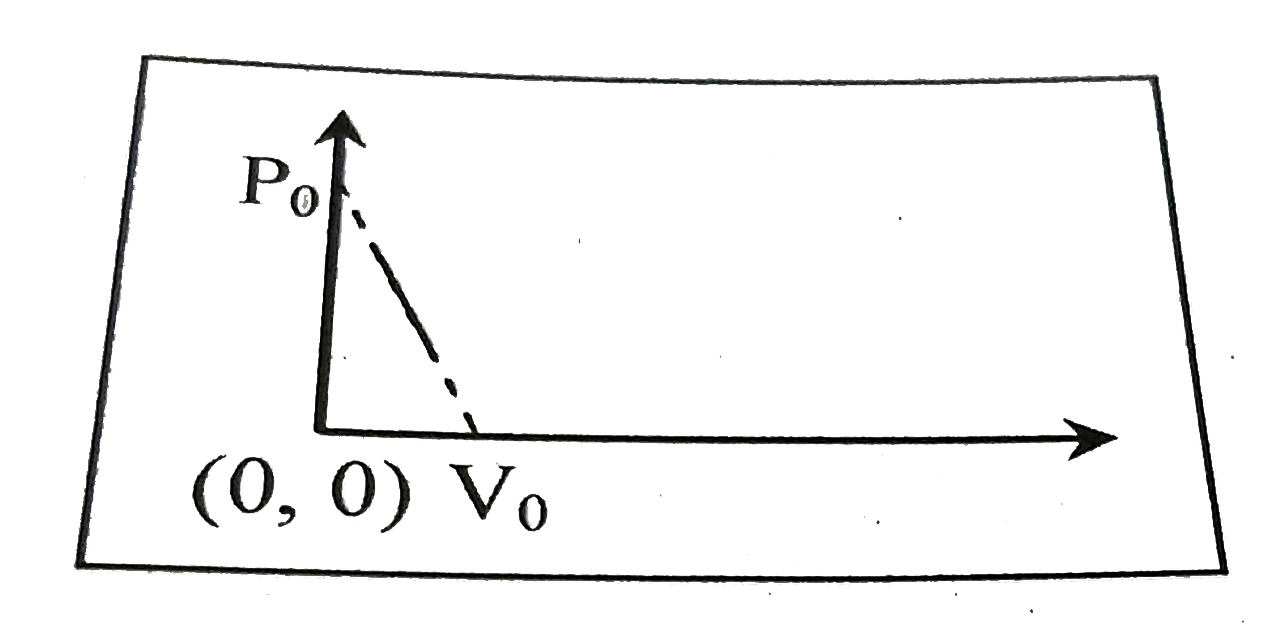 View Solution
View SolutionOne mole of an ideal gas undergoes a cyclic process abca, as shown in figure. If ab is isothermal process, then which of the following is correct P−Tdiagram for the cyclic process ?
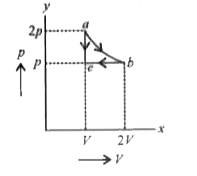 View Solution
View Solutionn' moles of an ideal gas undergoes a process A→B as shown in the figure. The maximum temperature of the gas during the process will be:
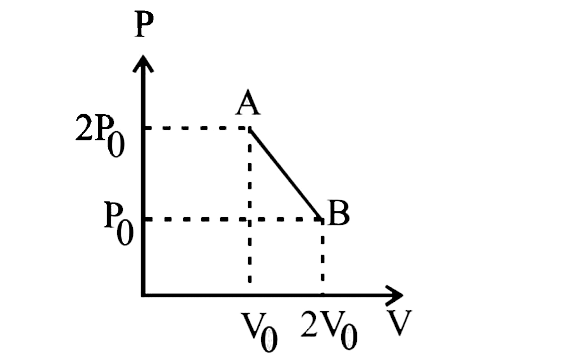 View Solution
View SolutionAn ideal monoatomic gas undergoes a cyclic process ABCA as shown in the figure. The ratio of heat absorbed during AB to the work done on the gas during BC id
 View Solution
View Solution

